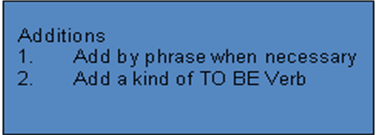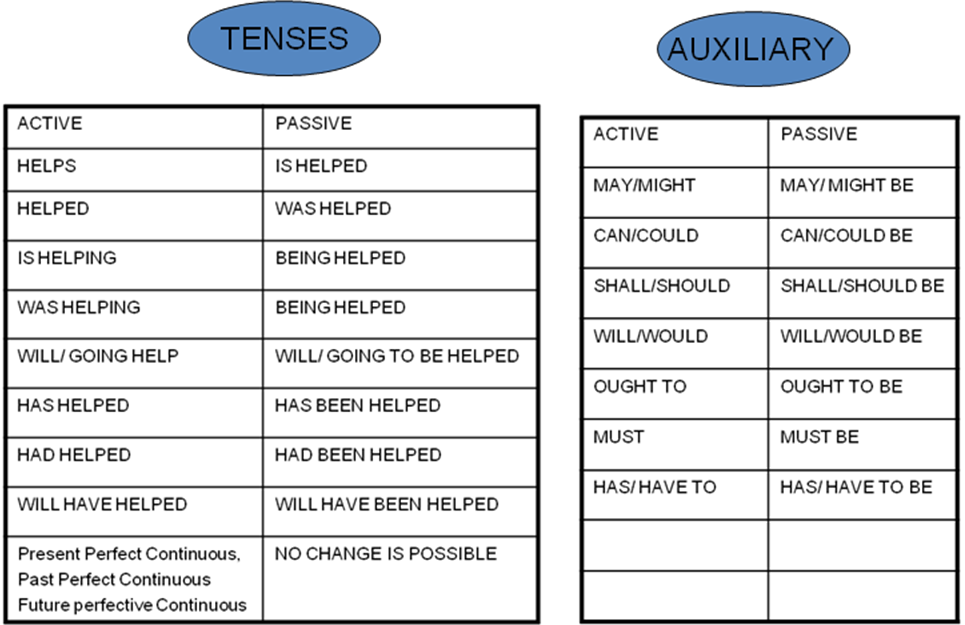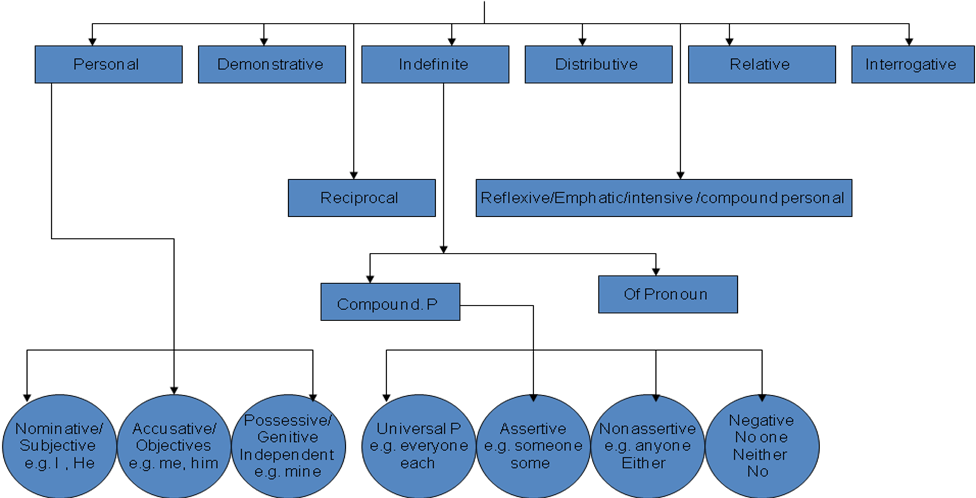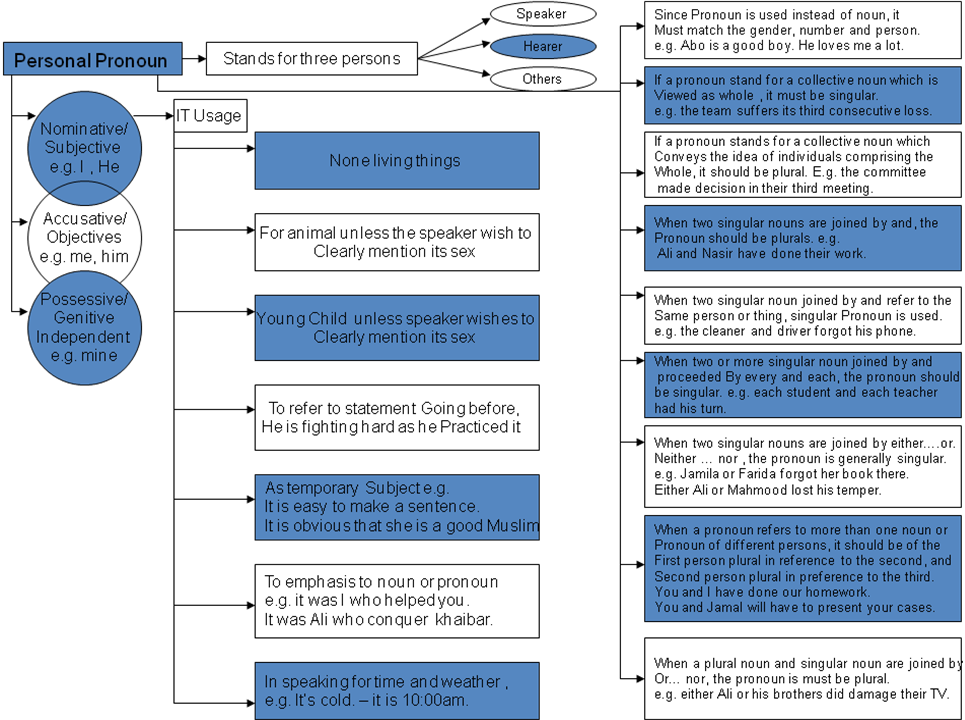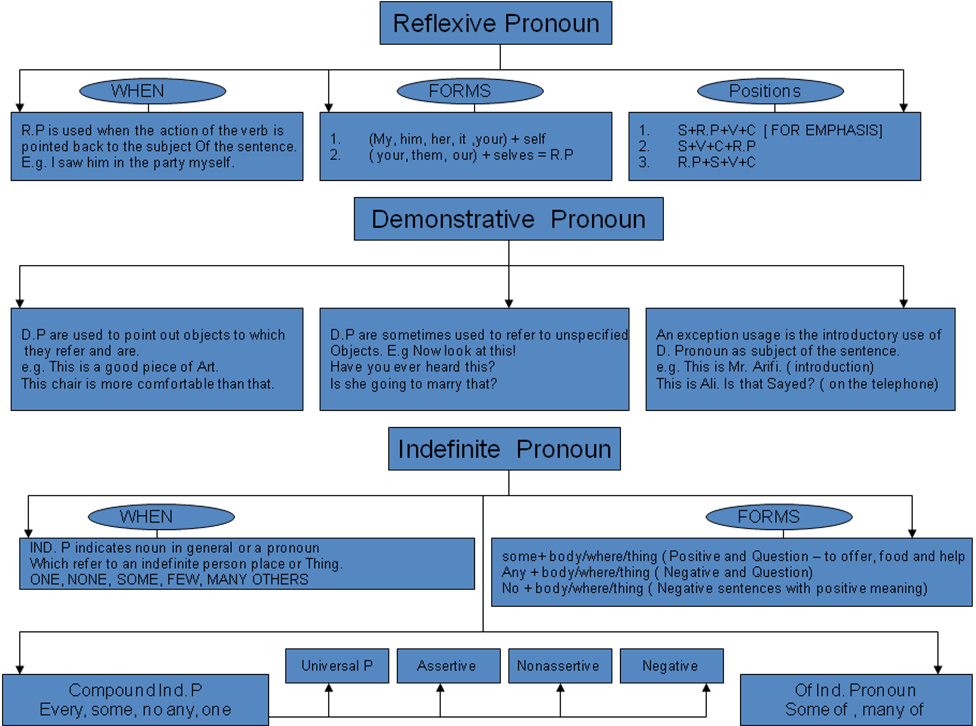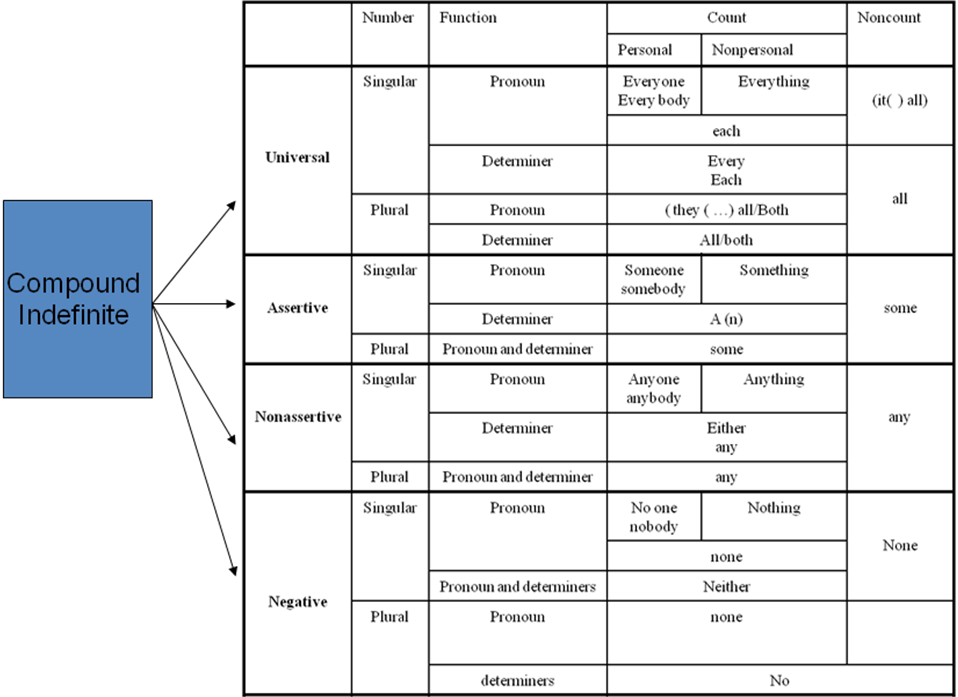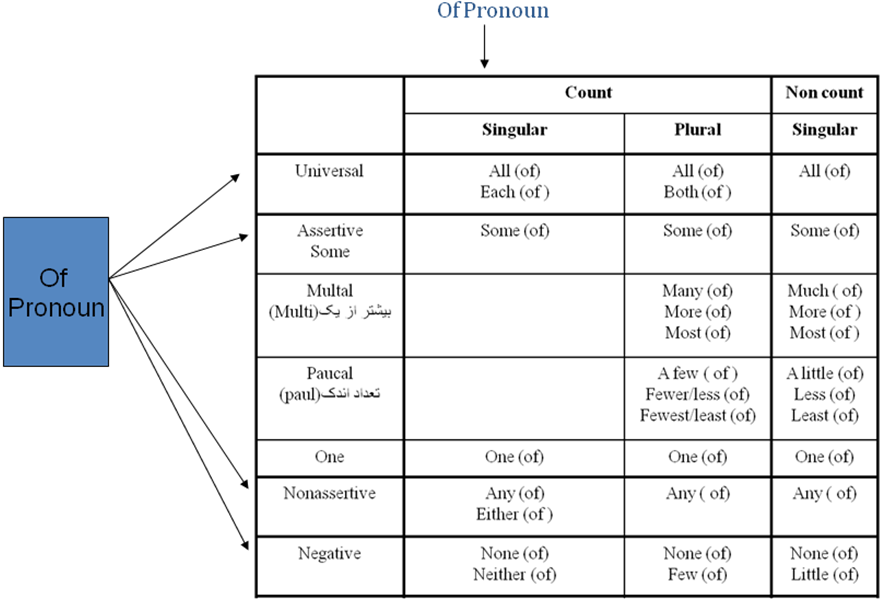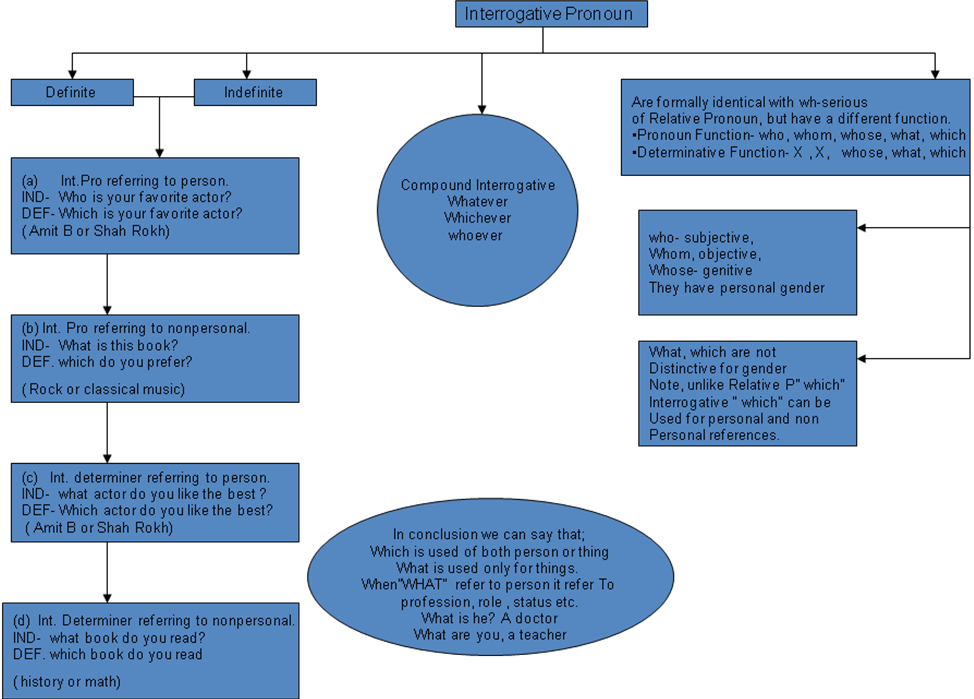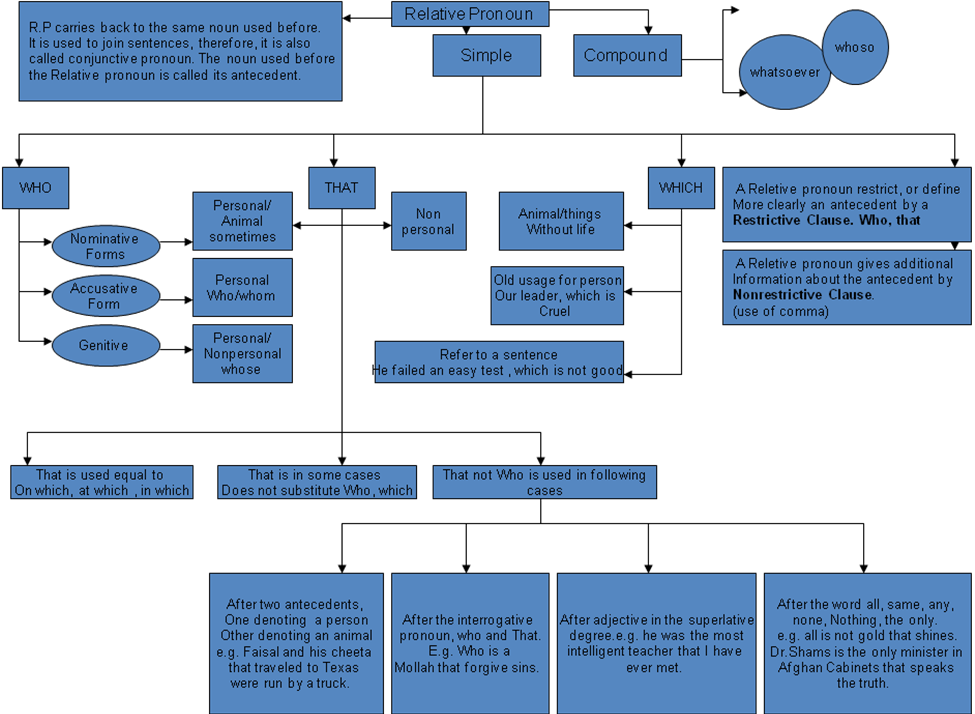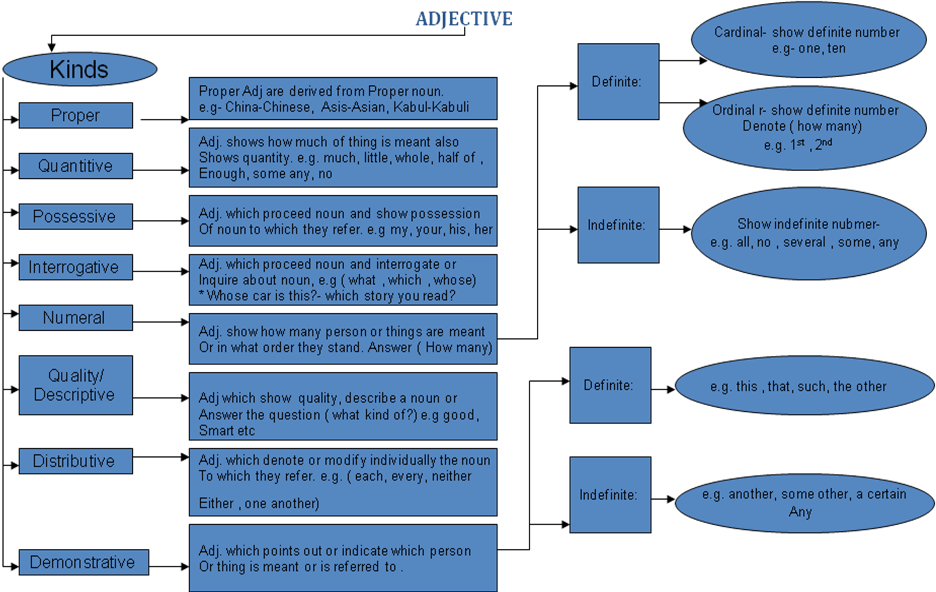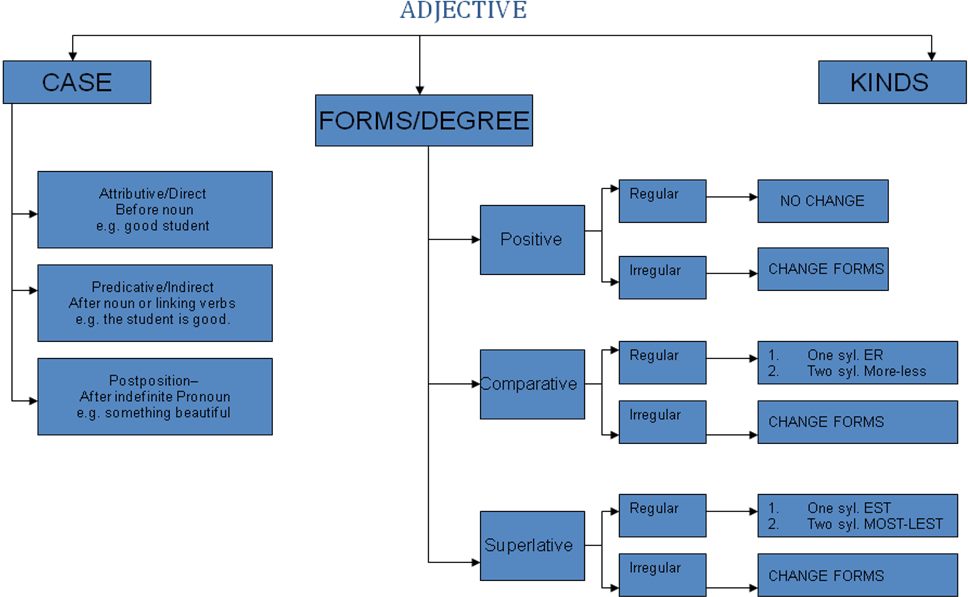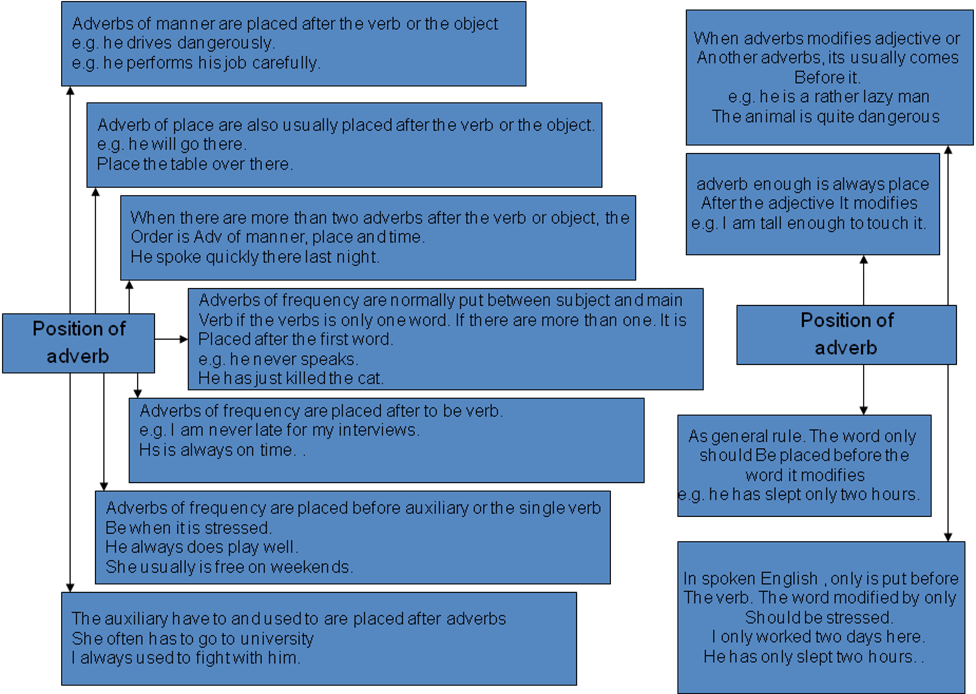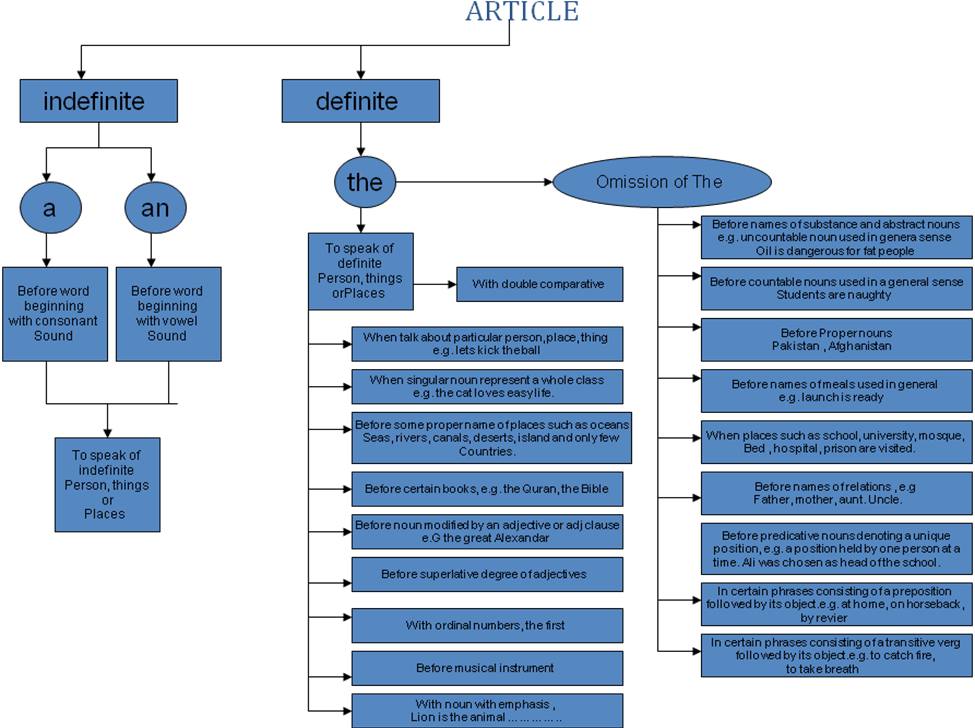
TOEFL summery
.doc
Test of English as Foreign Language
(TOEFL)
Evening Session
MAAZULLAH HEDAYAT HAMEEDI
Maazullah2011@hotmail.com
+ 79 8985 468-83-97
Skype: Maazullah.hidayat
STRCTIURE AND WRTEN EXPRESIION ( TOEFL)
|
SKILL 1
|
Subject and Verb |
A sentence in English must have at least one subject and one verb. A subject of a sentence can be a noun, pronoun, or a noun clause. |
|
SKILL 2 |
Object of Preposition |
Object of Preposition is a noun or pronoun that comes after a preposition. If a word is an object of preposition, it is not a subject. |
|
SKILL 3 |
Appositive |
An Appositive is a noun that comes before or after another noun and has the same meaning. Apposition means placing near. An appositive is used in three cases,
|
|
SKILL 4 |
Participles |
Participles is a word which partakes the nature of a verb or an adjective. Or it is a word which is partly a verb and partly and adjective. It is of three kinds.
Having seen the films once, I don’t want go there again. |
|
SKILL 5 |
||
|
Exercise |
||
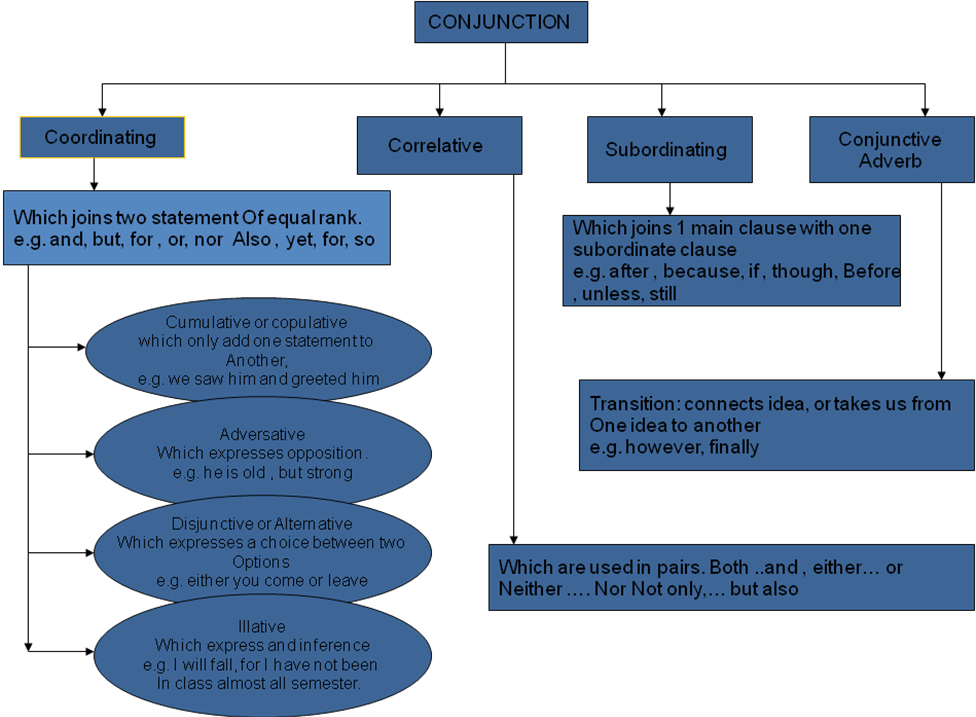
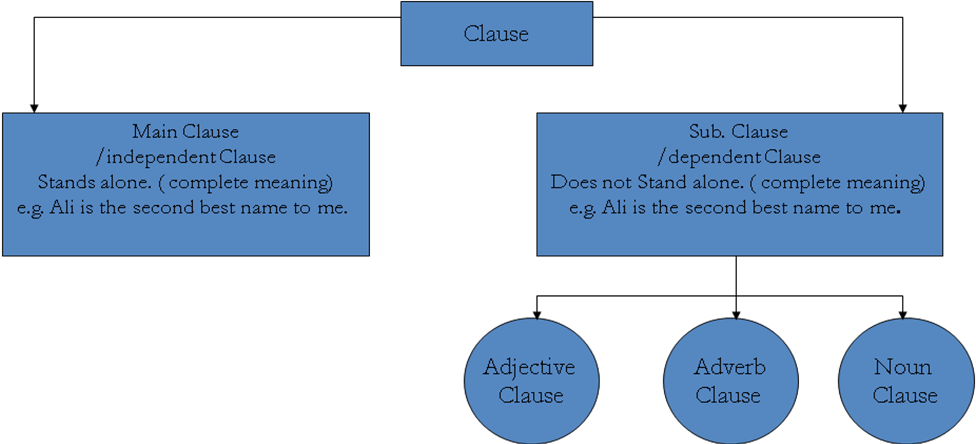
|
SKILL 6
|
Sentence with multiple clause |
When sentence contains more than one clause,
|
||||||||||||||||||||||||
|
SKILL 7 |
Correct usage of Time and Cause connectors |
|
||||||||||||||||||||||||
|
SKILL 8 |
Other adverb connectors |
|
||||||||||||||||||||||||
|
SKILL 9 and 10 |
Noun clause connector usage |
A. Noun clauses perform the same functions in sentences that nouns do: A noun clause can be a subject of a verb: What Billy did shocked his friends. A noun clause can be an object of a verb: Billy’s friends didn’t know that he couldn’t swim. A noun clause can be a subject complement: Billy’s mistake was that he refused to take lessons. A noun clause can be an object of a preposition: Mary is not responsible for what Billy did. A noun clause (but not a noun) can be an adjective complement: Everybody is sad that Billy drowned
B. You can combine two independent clauses by changing one to a noun clause and using it in one of the ways listed above. The choice of the noun clause marker (see below) depends on the type of clause you are changing to a noun clause: To change a statement to a noun clause use that: I know + Billy made a mistake = I know that Billy made a mistake. To change a yes/no question to a noun clause, use if or whether: George wonders + Does Fred know how to cook? = George wonders if Fred knows how to cook. To change a wh-question to a noun clause, use the wh-word: I don’t know + Where is George? = I don’t know where George is.
C. Except for that, noun clause markers cannot be omitted. Only that can be omitted, but it can be omitted only if it is not the first word in a sentence: correct: Billy’s friends didn’t know that he couldn’t swim. correct: Billy’s friends didn’t know he couldn’t swim. correct: Billy’s mistake was that he refused to take lessons. correct: Billy’s mistake was he refused to take lessons. correct: That Billy jumped off the pier surprised everyone. not correct: * Billy jumped off the pier surprised everyone.
D: Statement word order is always used in a noun clause, even if the main clause is a question: not correct: * Do you know what time is it? (Question word order: is it) correct: Do you know what time it is? (Statement word order: it is) not correct: * Everybody wondered where did Billy go. (Question word order: did Billy go) correct: Everybody wondered where Billy went. (Statement word order: Billy went)
|
||||||||||||||||||||||||
|
Skill 11 & 12 |
Adjective clause connector |
Adjective clause modifies a noun gives extra information about a noun. Adjective connectors are as follows,;
Note: if an adjective clause modifies a noun , it is called Restrictive clause. No comma is used in Restrictive Clause. If an adjective clause gives extra information about a noun, it is called non restrictive clause, comma is used.
|
||||||||||||||||||||||||
|
Skill 13 |
Reduced adjective clause. |
A noun can also be modified by an adjective phrase. When an adjective clause is reduced to adjective phrase the following procedures are applied.
The man playing football is from USA.
My car in the parking lot is red.
The story written by head of university was published five times.
The boy playing well last night , scored three goals.
|
||||||||||||||||||||||||
|
Skill 14 |
Reduced adverb clause. |
An adverb clause can also be reduced.
When in class , ask any question you may have.
Although very sick, Ali joined the class.
Since joining this class, I learned a lot.
Having seen this film, I will not go there again. Note : if the subject o f adverb clause and main clause are different , it is not possible to be changed to reduced adverb clause. e.g. when the teacher into the class, all the students stood up. ( no change)
|
||||||||||||||||||||||||
|
Skill 15 |
Inverted subject and verbs |
Subjects and verb are inverted in a variety of situation in TOEFL. They are inverted in formation of question. Confusion rise about when to invert subject and verb after question words like what, when, why and how. These question words have two different functions. If they introduce a question , the subject and verb are Inverted. If they combine two clauses, the subject and verbs are not inverted.
The question words used with inverted subject and verbs are , who, what, when, where, why and how. |
||||||||||||||||||||||||
|
Skill 16 |
Inverted subject and verbs with Place expression |
Single words expressing place such as Here, There, Nowhere, are sued in inverted subject and verb patterns.
After prepositional phrases expressing place, the subject and verb can be inverted.
|
||||||||||||||||||||||||
|
|
|
NOTE: usually at the beginning of a sentence If expression of place is necessary to complete an idea ,the subject and verb are inverted. However, if The sentence is complete without expression of place, then the subject and verb are not inverted.
|
||||||||||||||||||||||||
|
Skill 17 |
Inverted subject and verb with negatives |
|
||||||||||||||||||||||||
|
Skill 18 |
Inverted subject and verb with conditionals |
When the helping verb of conditional clause is Had, Should or Were, the subject can be inverted and the if Should be deleted.
Had you seen him, this could not have happened.
Were I in your position, I would support him.
Should you come early, please give me a call. |
||||||||||||||||||||||||
|
Skill 19 |
Inverted subject and verb in comparison |
Inversion after the comparison is optional , but can be seen in recent TOEFL exams, therefore, you should be Familiar with this very formal pattern.
|
||||||||||||||||||||||||
|
Skill 20 |
Subject and Verb agreement ( after prepositional phrases) |
When a prepositional phrase comes between the subject and the verb, be careful to use the correct verb ( consider verb and subject agreement.
|
||||||||||||||||||||||||
|
Skill 21 |
Verb agreement with expression of quantity |
When the subject of a sentence is expression of quantity such as (some, all, most , half) which are followed by OF , Confusion is made. These subjects can be singular or plural depending on what is used after Of. If the noun after of is countable , the verb should be plural and if it is uncountable , the verb should be Singular.
|
||||||||||||||||||||||||
|
Skill 22 |
Verb agreement after inversion |
After question word, Negatives, expression of place, prepositional phrase, condition without if and comparisons, verb agrees with subject.
|
||||||||||||||||||||||||
|
Skill 23 |
Verb agreement with certain words. |
Certain words such as , ( anybody, anyone, anything- everybody, everything, everyone – no one, nobody, thing – somebody, someone, something- each and every) are singular. They should therefore, be used with Singular verbs.
|
||||||||||||||||||||||||
|
Skill 24, 25 |
Use of parallel structure with coordinate conjunction and paired conjunction. |
A standard language is always fair. This balance in language structure is called Parallel structure. Parallel structures are combined by coordinate conjunction. These conjunction combines two, nouns, verbs, Adjectives, phrases, sentences.
|
||||||||||||||||||||||||
|
Skill 26 |
Parallel structure with comparisons |
The following patterns make parallel comparisons;
|
||||||||||||||||||||||||
|
Skill 27 and 28 |
Comparative and superlative formation and usage |
|
||||||||||||||||||||||||
|
Skill 29 |
Double comparatives |
Double comparative is used to compare two equal comparison. Unlike simple comparative degree , double is used with THE .
|
||||||||||||||||||||||||
|
Skill 30 |
Problems with Verb ( HAVE) |
After any form of HAVE ( have , has, had, having, ) a past participle is used.
|
||||||||||||||||||||||||
|
Skill 31 |
BE + present and past participles |
After any form of BE ( is, am , are, was , were, being , been, be ) either Present participle or past participle is used.
|
||||||||||||||||||||||||
|
Skill 32 |
Verb after Modal auxiliary |
After all modal auxiliary the base form of verb should be used. ( for special usage of auxiliary , please refer to the auxiliary table below |
||||||||||||||||||||||||
|
Skill 33 |
When to use Past with present. |
|
||||||||||||||||||||||||
|
Skill 34 |
Present and past perfect |
For complete reference of past perfect and present perfect please refer to power point presentation below. |
||||||||||||||||||||||||
0.
|
AUXILIARY |
USES |
PRESENT/FUTURE |
PAST |
|
may |
(1) Polite requests |
May I borrow your pen? |
|
|
(2) formal permission |
You may leave the room. |
|
|
|
(3) less than 50% certainty |
Where's John? He may be at the library. |
He may have been at the library. |
|
|
might |
(1) less lhan 50% certainty |
Where's John? He might be at the library. |
He might have been al the library. |
|
(2) polite requests (rare) |
Might I borrow your pen? |
|
|
|
should. |
(I) advisability |
1 should study tonight |
I should have studied last night. |
|
(2) 90% certainly |
She should do well on the lesl. (future only, no present |
She should have done well on ihc lesl. |
|
|
Ought to |
(1) advisability |
I ought to study tonight. |
I ought to have studied last night. |
|
(2) 90% certainly |
She ought to do well on the test, (future only, not present.) |
She ought to have done well on the test. |
|
AUXILIARY |
USES |
PRESENT/FUTURE |
PAST |
|
had better |
(1) advisability with threat of bad result, |
You h3d better be on lime, or we will start without you. |
past form uncommon |
|
be supposed to |
(1) expectation |
Class is supposed to begin at 10. |
Class was supposed lo bc-gin at 10. |
|
be to |
(I) strong expectation |
You are to be here at 9:1X1. |
You were to be here at 9:00. |
|
must |
(1 )strong expectation |
I must go to class today. |
1 had lo go lo class yesterday. |
|
(2) prohibition (negative) |
You must not open that door. |
|
|
|
(3) 95% certainty |
Mary isn't in class. She must be sick, (present only) |
Mary must have been sick yesterday |
|
|
have to |
(1) necessity |
1 have to go to class today. |
I had to go to class yesterday. |
|
(2) lack of necessity (negative) |
1 don't have lo go lo class today. |
I didn't have to go to class yesterday. |
|
|
have got to |
(1) necessity |
I have got to go to class today. |
I had to go to class yesterday |
|
will |
(1) 100% certainty |
He will be here at 6:00 (future only) |
|
|
(2) willingness |
The phone's ringing. I'll get it. |
|
|
|
(3) polite request |
Will you please pass the sail? |
|
|
|
be going to |
(I) 100% certainty |
He is going to be here at 6:00. (future only) |
|
|
(2) definite plan |
I'm going to paint my bedroom. (future only) |
I was going to paint my room, but 1 didn't have hint. |
|
|
can |
(1) ability/possibility |
I can run fast. |
1 could run fast when I was a child, but now I can't |
|
(2) informal permission |
You can use my car Tomorrow |
|
|
|
(3) informal polite request |
Can I borrow your pen? |
|
|
|
(4) impossibility |
That can’t be true |
That can’t have been true |
|
AUXILIARY |
USES |
PRESENT/FUTURE |
PAST |
|
could |
(I) past ability |
|
I could run fast when I was a child. |
|
(2) polite request |
Could 1 borrow your pen? Could you help me? |
|
|
|
(3) suggestion |
1 need help in math. You could talk lo your teacher. |
You could have talked to your teacher. |
|
|
(4) less than 50% certainty |
Where's John? He could be at home. |
He could have been at home. |
|
|
(5) impossibility (negative only) |
Thai couldn't be true! |
Thai couldn't have been true! |
|
|
be able to |
(1) ability |
I am able to help you. I will be able to help you. |
I was able lo help him. |
|
would |
(1) polite request |
Would you please pass the salt? Would you mind if I left early? |
|
|
(2) preference |
I would rather go lo the park than slay home. |
1 would rather have gone lo the park. |
|
|
(3) repeated action in the past |
|
When I was a child, I would visit my grandparents every weekend. |
|
|
used to |
(1) repeated action in the past |
|
I used lo visit my grandparents every weekend. |
|
shall |
(1) polite question to make a suggestion |
Shall I open the window? |
|
|
(2) future with "I" or "we" as subject. |
I shall arrive at nine. (will = more common) |
|
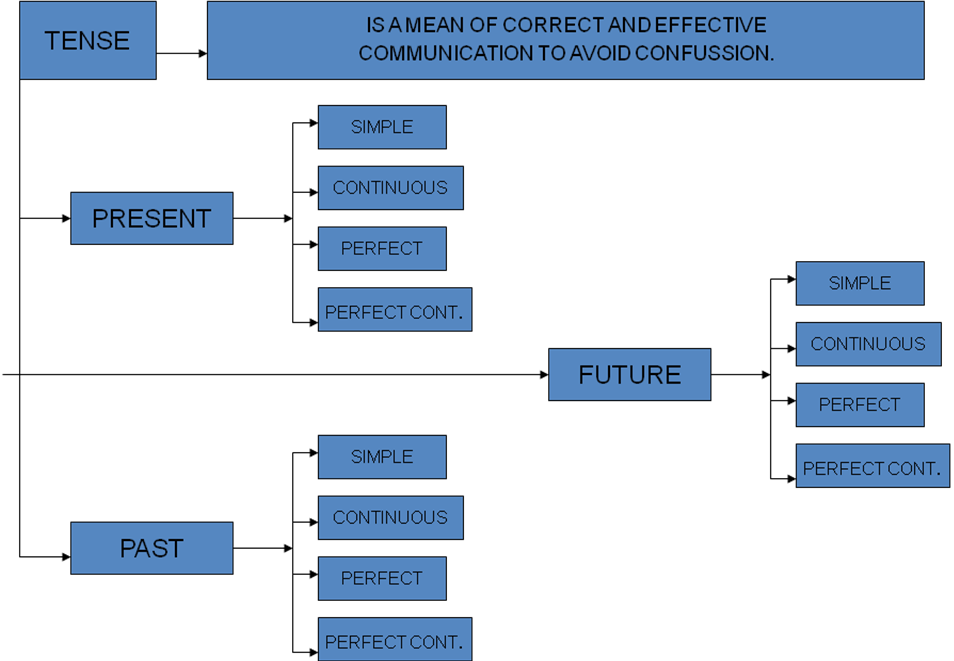
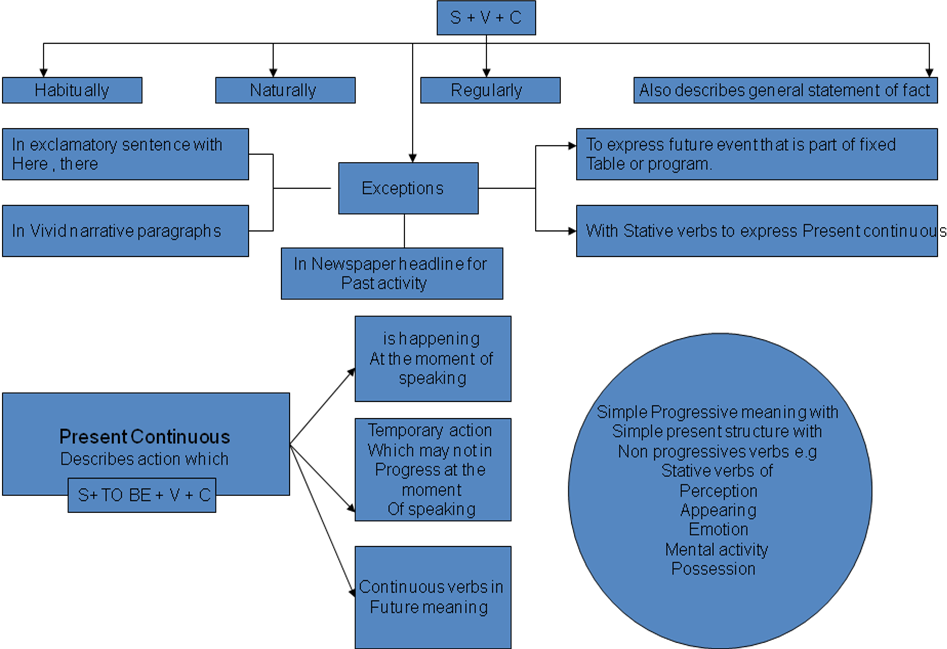
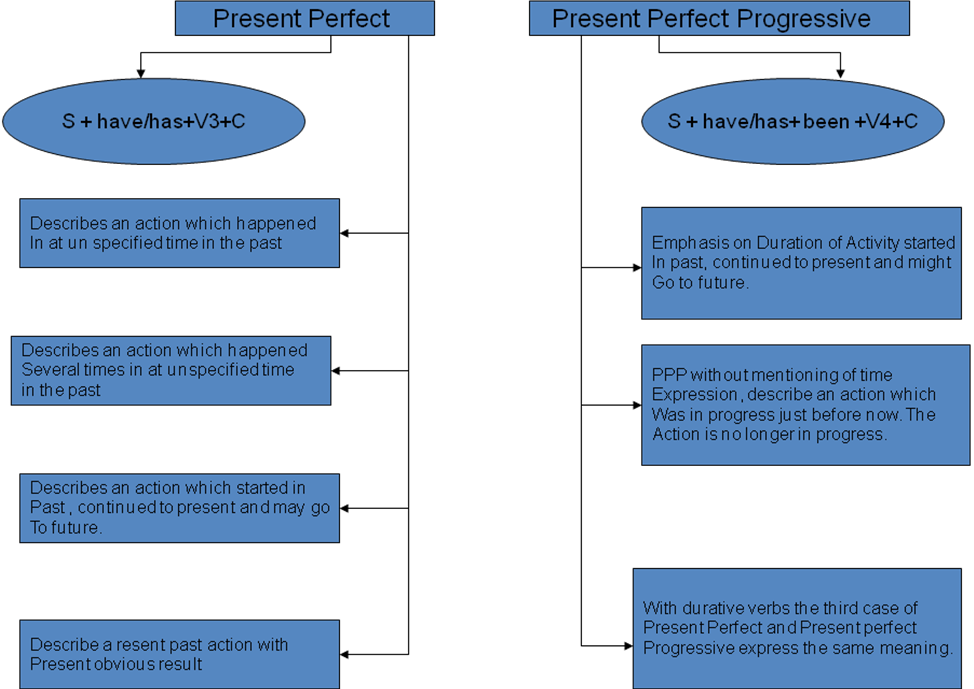
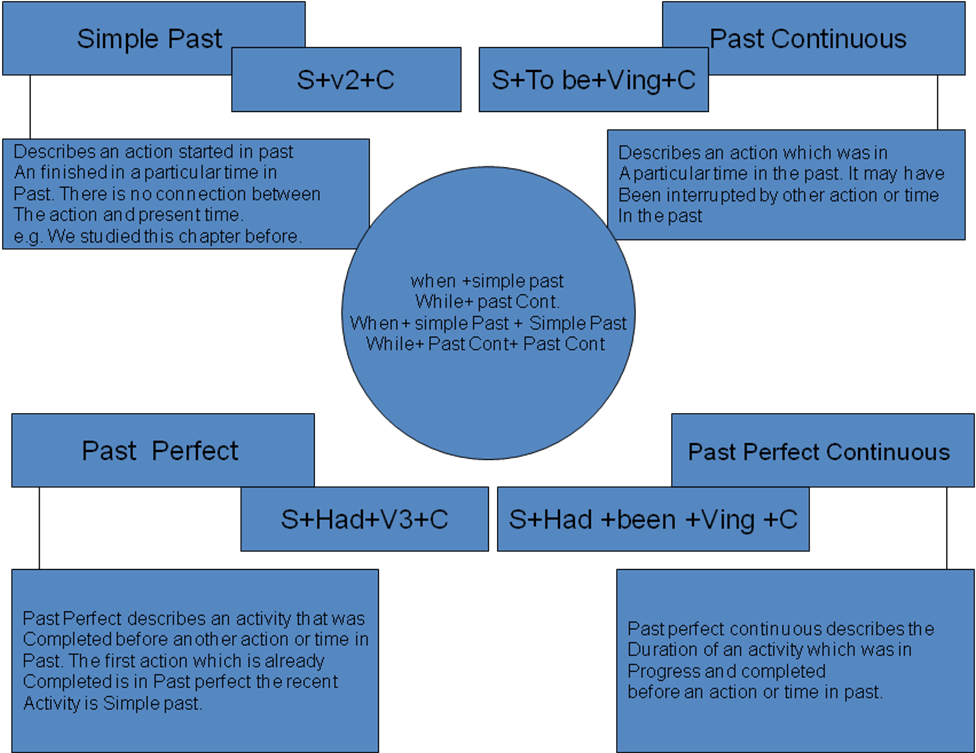
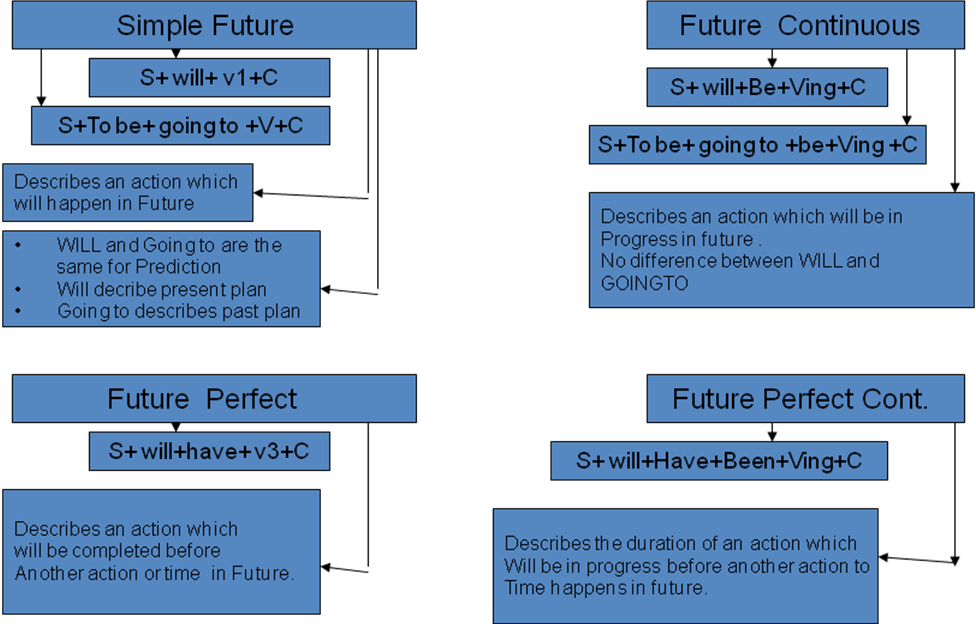
|
Skill 35 |
Correct tense with time expression |
Usage of time expression in TOEFL exam is common. One should consider correct usage of them. Time expression such as recently, lately , ago , last , by are frequently used. Specific time expression should be used with Past while unspecified time expressions are sued with Present perfect.
|
|||||||||||||||||||||||||||||||||||||||||||||||||||||||||||||||||||||||||||||||||||||||||||||||
|
Skill 36 |
Usage of correct tense with will and would |
Many combinations of verbs are commonly used in English. One common combination is usage of will with present tense and another is would with past tense. Errors should be avoided to use past tense with will and Present with would. Would is used with present to make a polite request.
|
|||||||||||||||||||||||||||||||||||||||||||||||||||||||||||||||||||||||||||||||||||||||||||||||
|
Skill 37 and 38 |
Passive verb and meaning |
|
|||||||||||||||||||||||||||||||||||||||||||||||||||||||||||||||||||||||||||||||||||||||||||||||
|
Skill 39 |
Problem with nouns ( singular and plural noun) |
Same type of problem appears in TOEFL exam , therefore, you should be familiar with the following;
|
|||||||||||||||||||||||||||||||||||||||||||||||||||||||||||||||||||||||||||||||||||||||||||||||
|
One common problem is the usage of singular noun where a plural is required or vice versa.
|
|||||||||||||||||||||||||||||||||||||||||||||||||||||||||||||||||||||||||||||||||||||||||||||||||
|
|
|||||||||||||||||||||||||||||||||||||||||||||||||||||||||||||||||||||||||||||||||||||||||||||||||
|
Skill 40 |
Countable and uncountable noun |
Nouns in English are classified in Countable and uncountable. To distinguish between is very essential. Countable nouns come in quantities of one , two or more , while uncountable nouns come in indeterminate quantity or mass. Uncountable nouns are often liquids or abstracts such as oil, milk, beauty, hope etc. |
|||||||||||||||||||||||||||||||||||||||||||||||||||||||||||||||||||||||||||||||||||||||||||||||
|
|
|||||||||||||||||||||||||||||||||||||||||||||||||||||||||||||||||||||||||||||||||||||||||||||||||
|
Skill 41 |
Irregular Plural noun |
Examinees in TOEFL test will be confused unless they are familiar with irregular plural nouns which do not end with, S. Examinees should familiarize themselves with such irregular plurals. |
|||||||||||||||||||||||||||||||||||||||||||||||||||||||||||||||||||||||||||||||||||||||||||||||
|
|
|||||||||||||||||||||||||||||||||||||||||||||||||||||||||||||||||||||||||||||||||||||||||||||||||
|
Skill 42 |
Distinguish between person and things |
Sometimes a person is used in place of things in TOEFL exam or vice versa. This should be avoided.
|
|||||||||||||||||||||||||||||||||||||||||||||||||||||||||||||||||||||||||||||||||||||||||||||||
|
The Count Noun Nouns name people, places, and things. Many nouns have both singular and plural forms. If you can add a number to the front of a noun and put an s at the end of it, you have a count noun.
Cookie is a count noun. You can have one cookie, or you can have more.
Remember that some nouns are non count. You cannot count all nouns. To make a non count noun plural would be illogical. Read the following sentence:
Rudeness is an example of a non count noun. Jeremy does not have five rudenesses. Such a statement would make absolutely no sense! Look over this chart contrasting count and non count nouns:
The Noncount Noun Nouns name people, places, and things. Many nouns have both a singular and plural form: a surfer/surfers, a restaurant/restaurants, a pickle/pickles. Some nouns, however, have only a singular form; you cannot add a number to the front or an s to the end of these words. This group of nouns is called noncount. Read the following examples:
Rainstorms = count noun; weather = noncount noun.
Chairs = count noun; furniture = noncount noun.
Smiles = count noun; happiness = noncount noun.
Assignments = count noun; homework = noncount noun.
The Different Categories of Noncount Nouns.
The chart below illustrates the different types of noncount nouns. Remember that these categories include other nouns that are count. For example, lightning, a natural event [one of the categories], is noncount, but hurricane, a different natural event, is a count noun. When you don't know what type of noun you have, consult a dictionary that provides such information.
Know How To Indicate Number With Noncount Nouns Thunder, a noncount noun, cannot have an s added at the end. You can, however, lie awake in bed counting the number of times you hear thunder boom during a storm. When you want to indicate number with a noncount word, you have two options.
(Container, Piece, and Measurement Words) Container Words:. a can of..., a box of..., a bowl of ..., a glass of .. .i.e. I bought two boxes of cereal. Piece Words: a piece of, a slice of..., a bar of ...i.e. A slice of pizza. Who needs a piece of paper? Measurement Words: a quart of..., a liter of...: i.e. She has to get two quarts of milk.
Understand That Some Nouns Are Both Noncount And Count Sometimes a word that means one thing as a noncount noun has a slightly different meaning if it also has a countable version.
Time is a good example. When you use this word to mean the unceasing flow of experience that includes past, present, and future, with no distinct beginning or end, then time is a noncount noun. Read this example:
When time refers to a specific experience which starts at a certain moment and ends after a number of countable units [minutes, hours, days, etc.], then the noun is count. Here is an example:
Times = count because a ride on horse is a measurable unit of experience, one that you can clock with a stopwatch.
Here are some more examples.
Alternatives to Using Noncount Nouns There is often a countable noun that could be used in place of the noncount noun if more specific reference is desired.
Using Articles with Countable and Uncountable Nouns Choosing which article to use (if any) with a noun is a complex matter because the range of choices depends on whether the noun in question is 1) count or noncount and 2) singular or plural. Both count nouns (whether singular or plural) and noncount nouns take articles.
A countable noun always takes either the indefinite (a, an) or definite (the) article when it is singular. When plural, it takes the definite article if it refers to a definite, specific group and no article if it is used in a general sense.
Uncountable nouns never take the indefinite article (a or an), but they do take singular verbs. The is sometimes used with uncountable nouns in the same way it is used with plural countable nouns, that is, to refer to a specific object, group, or idea.
The following chart shows which articles go with which kinds of nouns. Notice that this, that, these, and those have been included because, like the, they mark the noun that they modify as definite, which means that the noun refers 1) to a unique individual or 2) to some person, event, or object known to both the writer and reader from their general knowledge or from what has been previously mentioned in a piece of writing.
Examples: Count Singular:
Count Plural:
Noncount:
Quantity Adjectives with Countable and Uncountable Nouns The following chart shows which quantity words go with which kinds of nouns. Note that quantity words can be used in combinations such as many more, many fewer, much more, and much less, any of which can be preceded by how to form questions or relative clauses. Negatives like not and no can also be applied to many of these terms.
Some, Any: Both words modify either countable or uncountable nouns
Much, Many: Much modifies only uncountable nouns. Many modifies only countable nouns.
A lot of, Lots of: These words are informal substitutes for much and many.
Little, Quite a little: Little and quite a little modify only uncountable nouns.
Few, Quite a few: Few and quite a few modify only countable nouns.
A little bit of, Quite a bit of: These informal phrases usually precede uncountable nouns. Quite a bit of has the same meaning as quite a little and is used more commonly.
Enough: This word modifies both countable and uncountable nouns.
Plenty of: This term modifies both countable and uncountable nouns.
No: This word modifies both countable and uncountable nouns.
|
|||||||||||||||||||||||||||||||||||||||||||||||||||||||||||||||||||||||||||||||||||||||||||||||||
|
|
|
|
|||||||||||||||||||||||||||||||||||||||||||||||||||||||||||||||||||||||||||||||||||||||||||||||
|
SKILL 43, 44 and 45 |
Subject and object pronoun |
|
|||||||||||||||||||||||||||||||||||||||||||||||||||||||||||||||||||||||||||||||||||||||||||||||
|
|
|||||||||||||||||||||||||||||||||||||||||||||||||||||||||||||||||||||||||||||||||||||||||||||||||
|
|
|||||||||||||||||||||||||||||||||||||||||||||||||||||||||||||||||||||||||||||||||||||||||||||||||
|
|
|||||||||||||||||||||||||||||||||||||||||||||||||||||||||||||||||||||||||||||||||||||||||||||||||
|
|
|||||||||||||||||||||||||||||||||||||||||||||||||||||||||||||||||||||||||||||||||||||||||||||||||
|
|
|||||||||||||||||||||||||||||||||||||||||||||||||||||||||||||||||||||||||||||||||||||||||||||||||
|
|
|||||||||||||||||||||||||||||||||||||||||||||||||||||||||||||||||||||||||||||||||||||||||||||||||
|
|
|||||||||||||||||||||||||||||||||||||||||||||||||||||||||||||||||||||||||||||||||||||||||||||||||
|
Skill 46 |
Problems with adjective and adverbs |
Some times in TOFEL an adjective is used in place of adverb and vise versa. Adjective describes Noun or Pronoun while adverbs describes verbs, adjectives and other adverbs.
|
|||||||||||||||||||||||||||||||||||||||||||||||||||||||||||||||||||||||||||||||||||||||||||||||
|
Skill 47 |
Usage of adjective after verb |
An adverb general comes after verb since it describes a verb. However, one must be careful when the verb is linking verb. A liking verb is followed by adjective rather that an adverb directly.
Linking verbs are ( appear, be , become, feel , look, prove, seem , smell, taste)
|
|||||||||||||||||||||||||||||||||||||||||||||||||||||||||||||||||||||||||||||||||||||||||||||||
|
Skill 48 |
Position of adjective and adverb |
|
|||||||||||||||||||||||||||||||||||||||||||||||||||||||||||||||||||||||||||||||||||||||||||||||
|
Skill 49 |
Adjective with LY |
Normally an adverb is made when LY is added at the end of an adjective( adverb of manner) whereas some adjective end with LY. This is very confusing and attention should paid to differences between such adjective and adverbs. These adjectives are as follows; ( costly, early, friendly, kindly, likely, lively, lonely, manly, daily, hourly, monthly, yearly, quarterly, weekly, nightly, lovely, northerly, easterly, westerly, southerly)
|
|||||||||||||||||||||||||||||||||||||||||||||||||||||||||||||||||||||||||||||||||||||||||||||||
|
Skill 50 |
Correct usage of predicate adjective |
A predicate adjective is used after the linking verb BE, it does not directly come in front of noun that it describes. e.g. ( alike , alone, alive, afraid, asleep)
|
|||||||||||||||||||||||||||||||||||||||||||||||||||||||||||||||||||||||||||||||||||||||||||||||
|
Skill 51 |
Suing ED and ING adjective correctly |
The working man, Ali, is working late at night.
The painted picture of Karzai was sold for 1 million Afs. |
|||||||||||||||||||||||||||||||||||||||||||||||||||||||||||||||||||||||||||||||||||||||||||||||
|
|
|||||||||||||||||||||||||||||||||||||||||||||||||||||||||||||||||||||||||||||||||||||||||||||||||
|
|
|||||||||||||||||||||||||||||||||||||||||||||||||||||||||||||||||||||||||||||||||||||||||||||||||
|
|
|||||||||||||||||||||||||||||||||||||||||||||||||||||||||||||||||||||||||||||||||||||||||||||||||
|
|
|||||||||||||||||||||||||||||||||||||||||||||||||||||||||||||||||||||||||||||||||||||||||||||||||
|
Skill 52 , 53, 54 and 55 |
Article with singular noun |
A singular noun must have a definite or indefinite article or some determiners such as my or each while a plural noun or an uncountable noun may or may not have an article.
|
|||||||||||||||||||||||||||||||||||||||||||||||||||||||||||||||||||||||||||||||||||||||||||||||
|
Distinguish A and AN |
A is used in front of a singular noun with a consonant sound. AN is used in front of a singular noun with a vowel sound. ( NOTE: words beginning with letters such as U, O, E, X, or H may begin with either a vowel or consonant sound.) ( a university, a hand, a one way street, a euphemism, a Xerox machine, ) ( an unhappy man, an hour, an omen, an event, an X-ray machine)
|
||||||||||||||||||||||||||||||||||||||||||||||||||||||||||||||||||||||||||||||||||||||||||||||||
|
Articles agreement with Nouns |
Agreement of definite article is not so complicated because The can be used with singular or plural noun. Attention should be paid to usage of indefinite article and noun agreement with it. A singular noun can be used with indefinite article a or an. Indefinite article should be avoided with plural noun.
|
||||||||||||||||||||||||||||||||||||||||||||||||||||||||||||||||||||||||||||||||||||||||||||||||
|
Specific and general Ideas with Articles |
The usage of definite or indefinite article is possible with singular nouns , but the meaning would be different.
|
||||||||||||||||||||||||||||||||||||||||||||||||||||||||||||||||||||||||||||||||||||||||||||||||
|
|
|||||||||||||||||||||||||||||||||||||||||||||||||||||||||||||||||||||||||||||||||||||||||||||||||
|
Skill 56 and 57 |
Recognize incorrect Preposition and omission of preposition |
A preposition can be used in two ways. It can be used in a literal way and in an idiomatic way. In Literal use, the preposition means exactly what is expected. In idiomatic way it gives special meaning.
|
|||||||||||||||||||||||||||||||||||||||||||||||||||||||||||||||||||||||||||||||||||||||||||||||
|
Skill 58 |
Problem with USAGE Distinguish between Make and Do |
|
|||||||||||||||||||||||||||||||||||||||||||||||||||||||||||||||||||||||||||||||||||||||||||||||
|
Skill 59 |
Distinguish between Like, Alike , Unlike and dislike |
There are several structures with like, unlike, alike or dislike. It is important to use them correctly.
|
|||||||||||||||||||||||||||||||||||||||||||||||||||||||||||||||||||||||||||||||||||||||||||||||
|
Skill 60 |
Distinguish between other , others and another |
To avoid confusion you should remember that they are;
Examples:
|
|||||||||||||||||||||||||||||||||||||||||||||||||||||||||||||||||||||||||||||||||||||||||||||||
|
THANK YOU TOEFL MAAZULLAH HIDAYAT HAMEEDI Maazullah2011@hotmail.com Contact: + 79 8985 468-83-97 Skype: Maazullah.hidayat |
|||||||||||||||||||||||||||||||||||||||||||||||||||||||||||||||||||||||||||||||||||||||||||||||||



